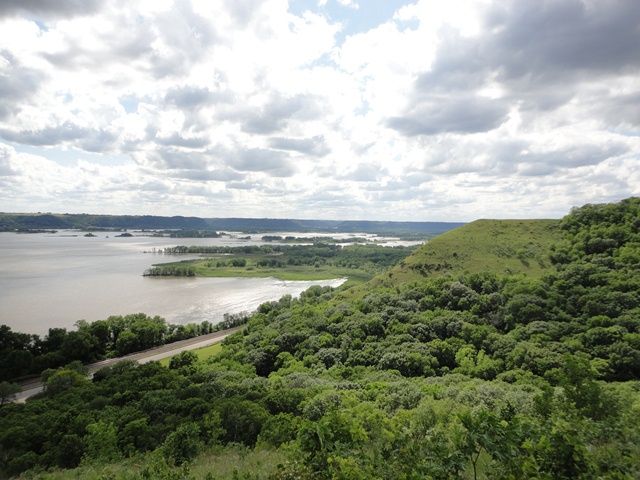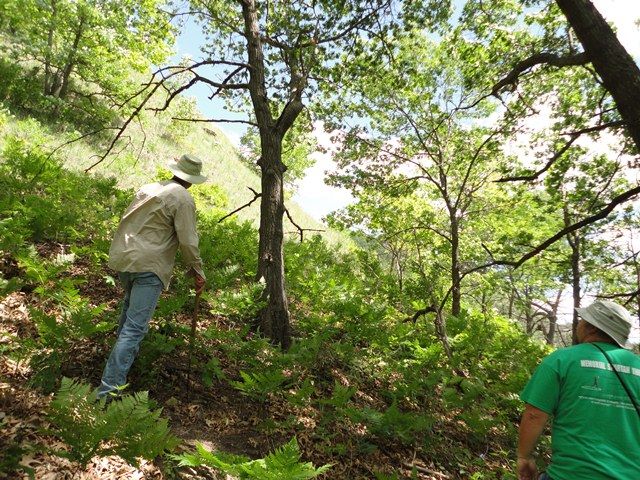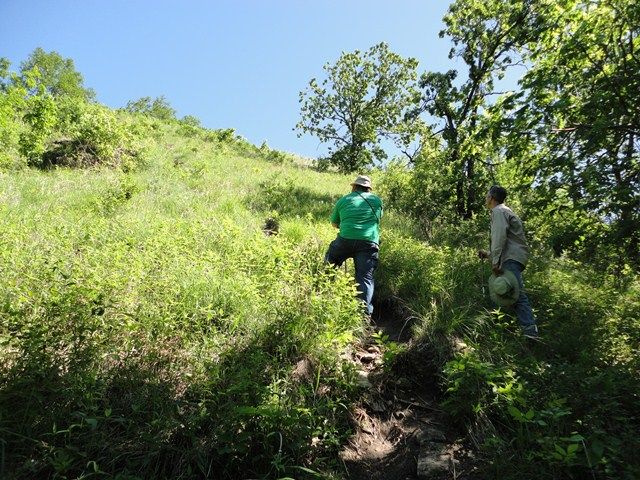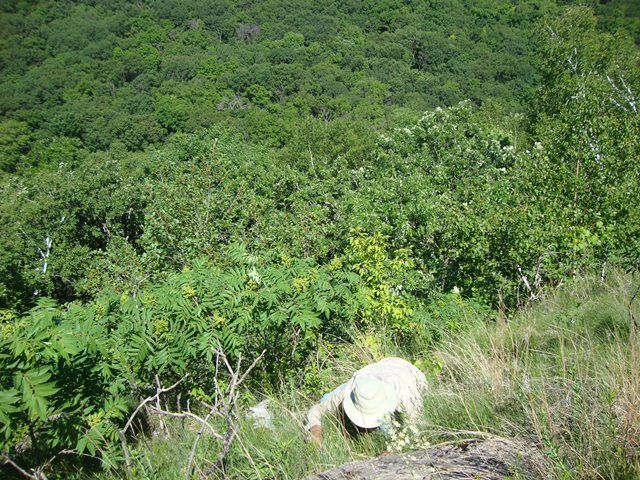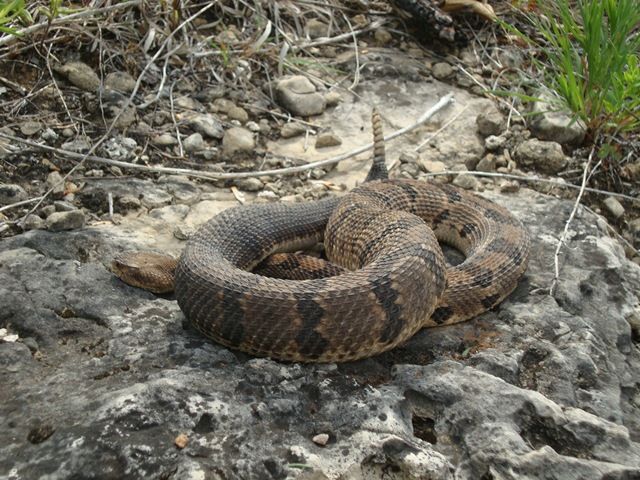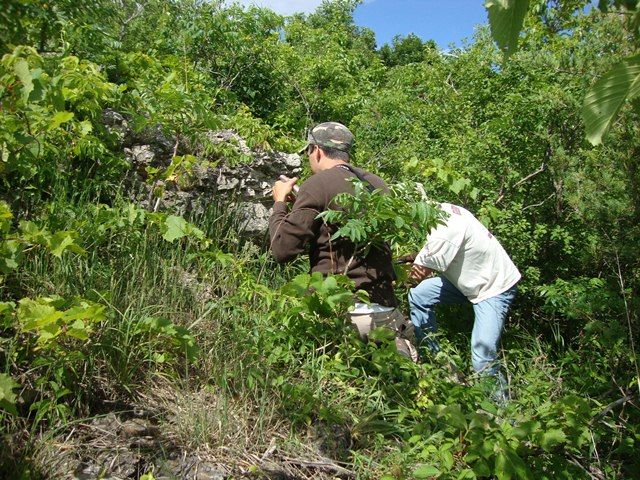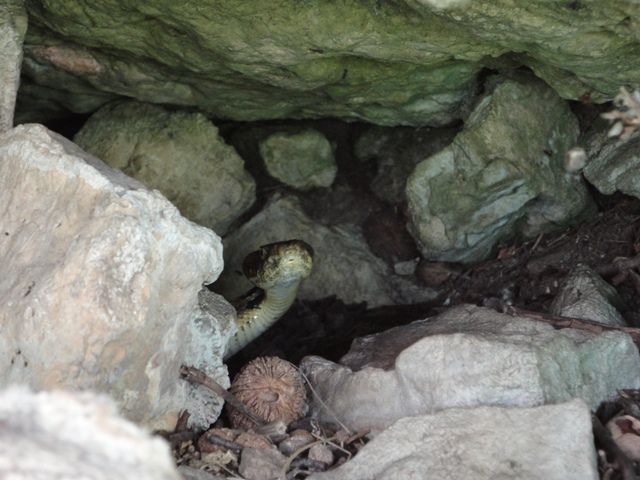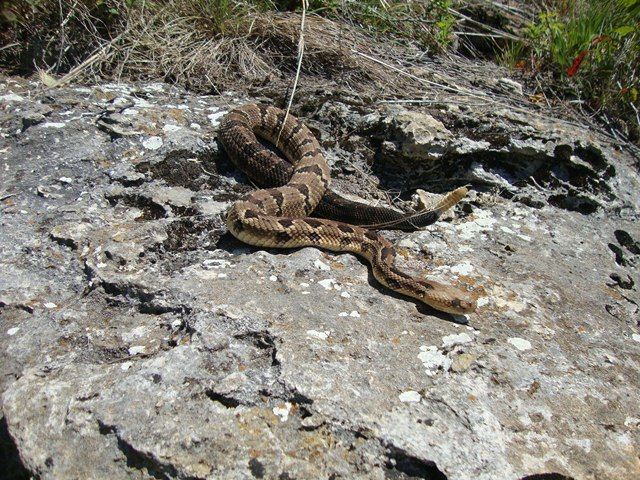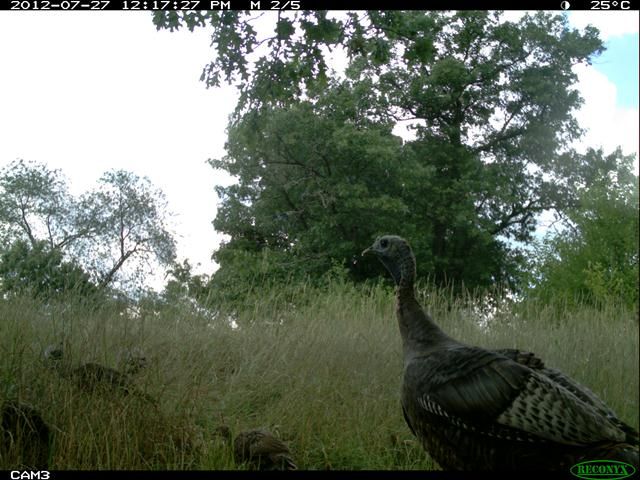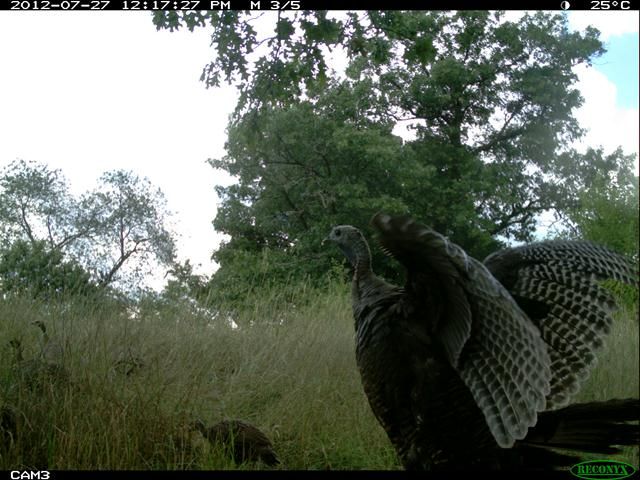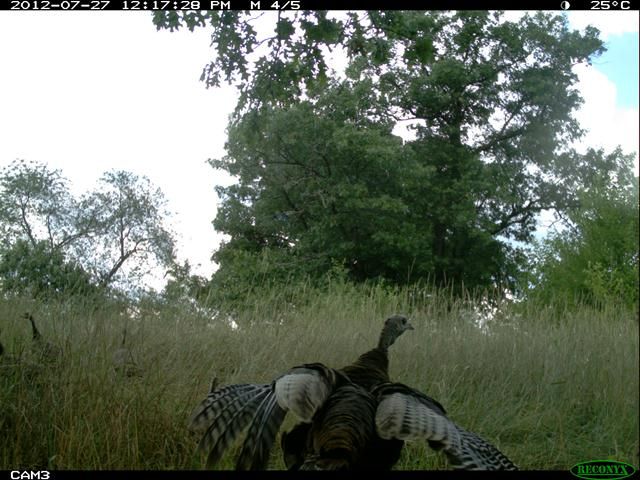I'm finally going to share with you all the last big herping trip we took when Dave visited back in May (seems so long ago now!). For more, see the previous posts about our trips to the bog and the prairie.
The driftless (or
unglaciated) region of the upper Midwest is a unique area, with unique habitats and somewhat unique reptiles. Unlike the rest of this region, which was scoured nearly flat by glaciers, the driftless area was spared. The glaciers parted and moved around an area along the Mississippi River on both sides, and includes portions of Minnesota, Wiscsonsin, Iowa and Illinois.
Due to the lack of recent glacial activity, there is a large topographic relief in this region and deeply carved river valleys and associated hillsides are common. Such relief gives the driftless area an appearance that is about as close to mountains as one gets in the Upper Midwestern USA.
Of course, these are not mountains...but what are called "bluffs". Regardless, for a flat-lander like myself, hiking in this part of the state involves some pretty serious climbing. But if you want to see one of the coolest snake species in the region, then climb you must! Often this requires a schlep of 500 ft or more up a serious incline to get into the preferred habitat for the species in-question. Now, if I was one of these people that were....how would you say?.....
IN SHAPE.....this would be no problem.
But, reality (and gravity, if one slips on the hillside) are a real pain in the neck!
Photo by D.M.
Photo by D.M.
Once you're up there, though, the view is very nice (see pics above). However, at this elevation a new challenge presents itself: looking for a cryptic venomous snake while walking along an ankle wrenching slope with loose/rocky soil underfoot. Clearly, many things could go wrong, so care must be excersized!
Photo by D.M.
There is the potential for a variety of rare and common species in this habitat. For example:
The Common Gartersnake (
Thamnophis sirtalis)
A gravid female Six-lined Racerunner (
Aspidoscelis sexlineatus)...note the lumpy sides, which is probably due to her eggs.
Photo by D.M.
If you're lucky, however, you just might get to see the critter of the hour:
Crotalus horridus (the Timber Rattlesnake).
Photo by D.M.
Sometimes, these critters sit out in the open. As sit-and-wait, or ambush, predators...they rely on remaining still and unseen to surprise their prey (a small rodent, for example). They employ this tactic to avoid being spotted by humans as well and finding them may require probing around in the grass with a snake hook hoping they will rattle (mostly to avoid stepping on them!).
Although they can be found out in the open, often Timber Rattlesnakes hide in rock crevices that require alittle digging.
Some individuals really don't want to be found....
Photo by D.M.
But, if you can coax them out (a dicey process), they are truly a marvelous critter. My pictures don't do them justice.
Throughout human history, snakes have been treated harshly by we upright-walking apes. Rattlesnakes (and any venomous species) feel the effects of this disdain to an even greater degree. Thus, Rattlesnakes throughout the upper Midwest are very rare and often Protected under individual state regulatory statutes/laws.
